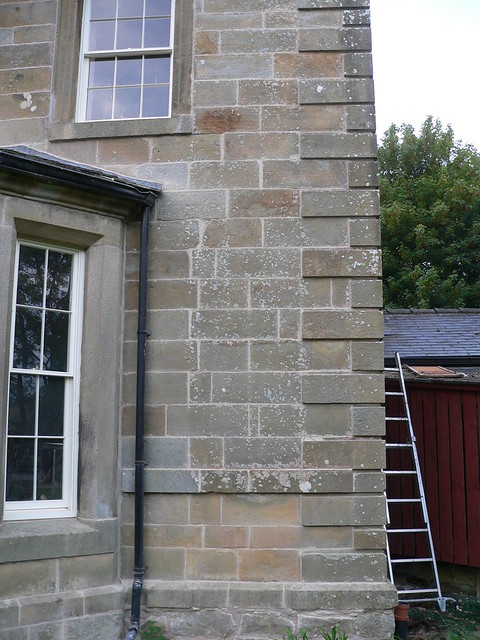Peterm1000
Guest
So somehow a question about whether to single or double glaze has got way off topic and now pictures of Jacob in his underpants are being discussed...
I can't believe I am about to agree with Jacob, but I think he is right. Double glazing should be way down the list of energy saving things done in a house. However, I also think he is not answering the original question - should a new door be double glazed to increase energy efficiency or single glazed to improve the way it looks. I also think energy saving is not just about cost saving.
It sounds like the house is not very efficient anyway so the benefit of double glazing it would be very marginal. No one has mentioned the higher likelihood of condensation on a single glazed window but I think I would prefer double glazed for that reason alone.
I can't believe I am about to agree with Jacob, but I think he is right. Double glazing should be way down the list of energy saving things done in a house. However, I also think he is not answering the original question - should a new door be double glazed to increase energy efficiency or single glazed to improve the way it looks. I also think energy saving is not just about cost saving.
It sounds like the house is not very efficient anyway so the benefit of double glazing it would be very marginal. No one has mentioned the higher likelihood of condensation on a single glazed window but I think I would prefer double glazed for that reason alone.

































